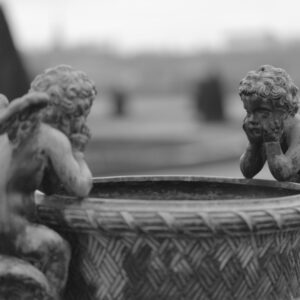Description
For centuries rivers have channelled people and goods. They brought with them ideas, cultures and created a whole social connectivity.
The river Clyde is woven in the recent history of Glasgow. In the 1960s, the industries that lined the banks of the Clyde declined. It scarred the city for decades. Glasgow has now bounced back. It has the largest economy in Scotland and is the third most populous in the UK.
When the past is preserved, photography is somewhat at an advantage to show history. Photography is non-linear. Most photographs capture a fraction of a second. History is linear. With exceptions such as the years after the industrial revolution, changes are often slow and unnoticed in a lifetime. Compare to his predecessors, the work of a 20th century farmer has become more mechanised and animal welfare has improved. If we look at the work of a 18th century farmer, it would not have not been much different from one in the 17th century.
Photography can connect the dots, the clues left behind, and show the continuity of history.
Enjoy the pleasure of owning an original work of art
Digigraphie® is a label of excellence based on precise criteria and strict rules of use that enables the production or reproduction of a work of art in a limited series, that you will be proud to own.
A link between tradition and modern, this technical label allows artists to produce limited series of our original work at the highest quality possible, with exceptional durability that will last for generations.
All the artwork is printed on fine art paper in a numbered, signed and embossed limited series.
To give you reassurance that you are buying a genuine artwork, artists have their own online gallery on the Digigraphie® by Epson portal.






